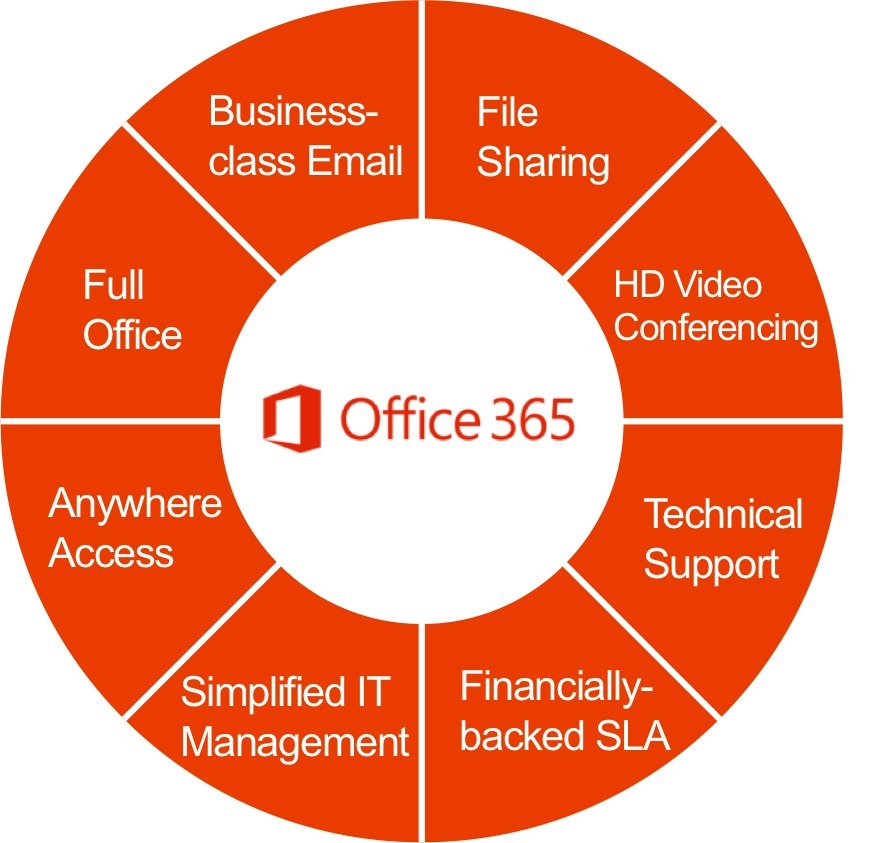Many of America’s workers transition into working “on-site” again. Yet, those in the remote workforce have employers struggling with cybersecurity challenges in 2021.
Today, companies recognize the benefits of remote work, leaving their systems open to the potential risks of malicious cyberattacks. Malevolent hackers continuously look for new weaknesses in systems. They then use them as “openings” to bypass cyber defense mechanisms.
One of the biggest cybersecurity trends of 2021 is targeting unprotected home networks. When numerous users are targeted at the same time, this leads to a breach, on a large scale, of the company’s systems and services.
In turn, the systems of the remote workers and the systems of the companies they work for are left at risk of being hacked by cyber attackers.

Protecting Your Remote Workers & Your Systems from Cybersecurity Challenges
Most remote workers don’t have high-tech cybersecurity systems in place in their homes. They use less-secure connections provided by their internet service providers for both personal and work-related tasks. When the system allows access to multiple users located in various locations, your company’s risk of being hacked increases substantially.
So, what can you do to help minimize these risks? One cybersecurity company suggests using Smart IAM in conjunction with other resources to help you:
- Monitor the activities of your employees while using your systems
- Streamline a more secure sign-in process that uses user behavior to detect potential threats
- Require additional authentication in cases where potential threats are found

What Is Smart IAM?
The term “IAM” stands for “Identity Access & Management (IAM).” This digital security technology tracks user behavior to make smart assumptions concerning cybersecurity challenges.
Before COVID-19 of 2020, IT experts worked under the assumption that most of the users they monitored would be located in one central location. This gave them a higher level of confidence in the employees using their systems, allowing them to use general access policies for entry into those systems.
Fast forward to 2021, and those assumptions can no longer be made. Everyone “clocking in and out at the same location for the same shifts” is no longer the norm. Today’s normal is far from any normal that any cybersecurity team has ever had to deal with in history.
In the world of remote work, each individual remote worker is essentially a one-person-manned, standalone branch office. This provides access to your systems on multiple levels, requiring a different approach to digital security than you used before 2021.
To protect your systems from cyberattacks, you need a product that defines access policies based on new norms and user behavior. Smart IAM learns the various “normals” of each user on the system. The solution works nonstop to learn from the behaviors of all users and uses that data to validate remote access to digital content, apps and other systems.
Cybersecurity Challenges: What to Look for in Smart IAM Solutions
Here are three elements to help you understand the benefits of and the basics of choosing a Smart IAM solution for your business’s cybersecurity challenges:
1. Ability to Adapt & Deviate
Remote workforces make cybersecurity more complex because the “what, when, where, how and why” varies greatly for every single user on your system. That means you need a solution that studies users’ behaviors and adapts to each individual’s changes over time.
This allows the solution to deviate from “the norm” when it detects user misuse. This could be anything from denying the user access to requiring further authentication.
2. Detects Suspicious Patterns
Smart IAM looks for patterns that appear threatening to the system. For user-specific patterns, this could be anything from entering the wrong password too many times or changing user account information.
Other suspicious patterns may include logging into the system in one state, and just minutes later, the system sees that same login info coming from another state across the country. This is similar to Google’s “Did you just sign in?” Security feature where the search engine guru emails users when they log in from unfamiliar devices and/or IP addresses.
3. External Threat Intelligence
There are also external threats that businesses need to be aware of when dealing with remote workforces. Smart IAM combines its data on users’ norms with external threat intelligence signals to determine the level of trust it has for a user based on factors outside the system’s control.
For example, let’s say a large corporation suffers a data breach. All of that corporation’s users are notified that their passwords have been leaked. The public is also notified.
In such instances, Smart IAM uses its external threat intelligence to determine that your users also need to change their passwords on your system just to be safe. It has the ability to deny access to anyone who doesn’t comply with that request to conquer this external cybersecurity challenge.



